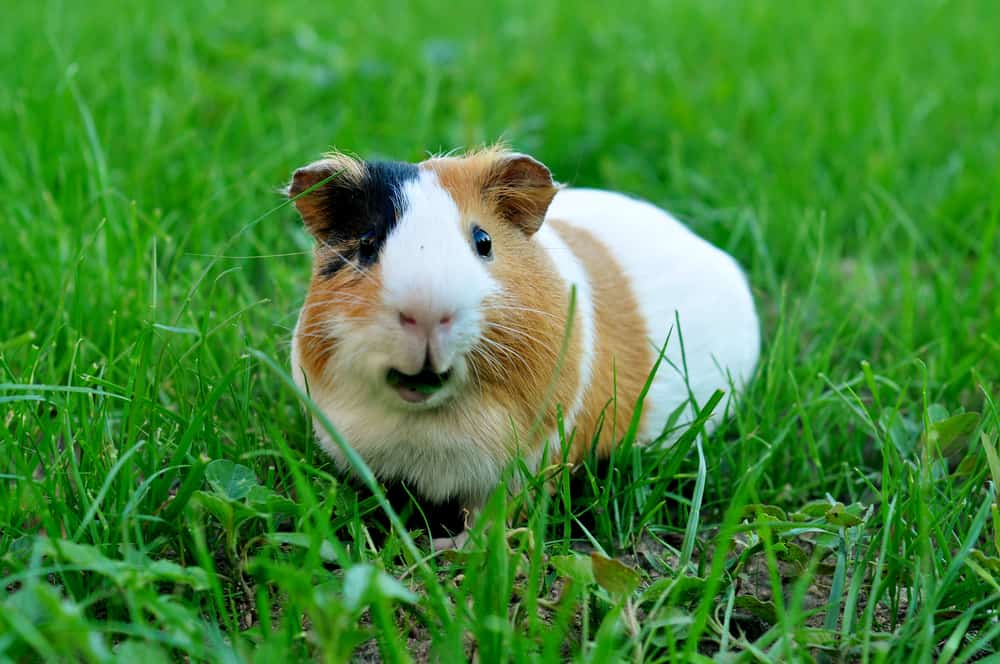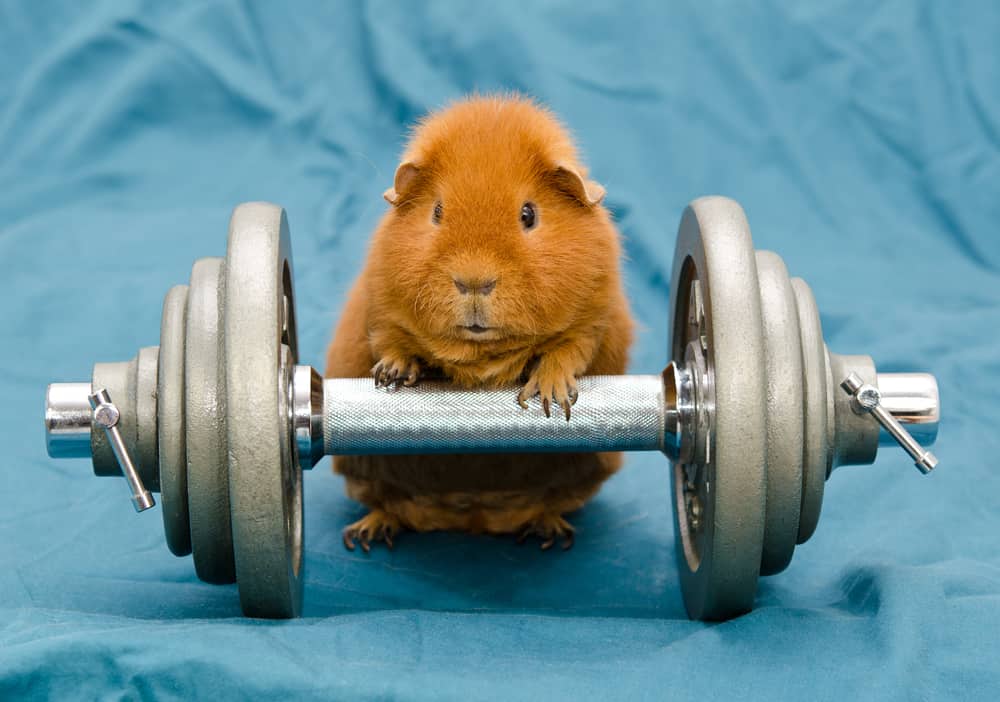
History
Domesticated guinea pigs, also called as Cavy, have been bred from wild guinea pigs (Cavia Aperea), which are found in Brazil and Peru. The Incas (who were based in modern-day Peru) first domesticated them more than 500 years ago, mainly for food. However, they were subsequently brought to Europe by the Spanish conquistadors who visited the area. Guinea pigs plays a very important role in the folk culture of many native South American groups, especially as a food source to them.
It’s unclear exactly where the ‘guinea’ part of their name comes from: it could be a mispronunciation of Guyana, a country in South America. It’s also suggested that Spaniards stopped at ports in Guinea in Africa on their return from South America, and when they got back to Spain, people mistakenly thought the creatures had been brought back from Guinea.
Life Span
Guinea pigs live an average of 4 to 8 years.
Distribution and Habitat
Guinea pigs live in South America, where their range stretches from Peru to North Argentina. They’re mainly found in grassland and rocky areas.
Behaviour in the Wild
In the wild, guinea pigs live in large family groups and dwell in underground burrows. They’re most active at dawn and dusk, which is when they emerge from their burrows to feed on grass and leaves.
Summer is mating season for guinea pigs. Females have a gestation period of 60 to 70 days and generally produce litters of between one and four. Baby guinea pigs are already well-developed when they’re born, unlike some other rodent species, and can survive without their mother after just 5 days. Guinea Pig sight is not good as human beings, but they have wider angle of vision (about 340 degrees) and see in partial colour.

What’s it like to have a pet guinea pig?
Pros
- Guinea Pigs are not very high maintenance and are generally easy to look after.
- They love to eat and are strict herbivores (meaning they only eat leaves and vegetation – no meat).
- Guinea Pigs are very sociable pets. Therefore, they are affectionate to their owners.
- Guinea Pigs love a cuddle and like to be handled much more than hamsters and other small pets.
- Guinea Pigs are awake during day, meaning they are up when you are!
Cons
- Guinea Pigs need to be in pairs of the same sex. Therefore ideally, you need to buy more than one.
- Scientifically, Guinea Pigs cannot produce Vitamin C by themselves so they need fresh veggies morning and night.
- Guinea Pigs have very sharp nails. If you don’t cut them from time to time their scratches can really hurt.
- Guinea Pig cages must be cleaned daily and bedding should be changed every 3 days.
- Guinea Pigs cannot use a ball or wheel like hamsters so need regularly exercise in a large cage or floor pen.
Did you know?
The oldest Guinea Pig lived for 15 years and was the title holder of the ‘Oldest Guinea Pig’ in the world record from the Guinness Book of World Records.
Most guinea pigs can’t actually jump although it may look like it. What they actually do is “popcorn”. Popcorning occurs when guinea pigs get happy or excited and they bounce.
Guinea pigs also love to run in circles just for fun. Many owners worry that this is because they are ill but in fact it is a perfectly normal way to use their energy.
The Guinea Pig Forum – Ask the community here

Download A Leaflet on Guinea Pig Care From The Animal Welfare Foundation